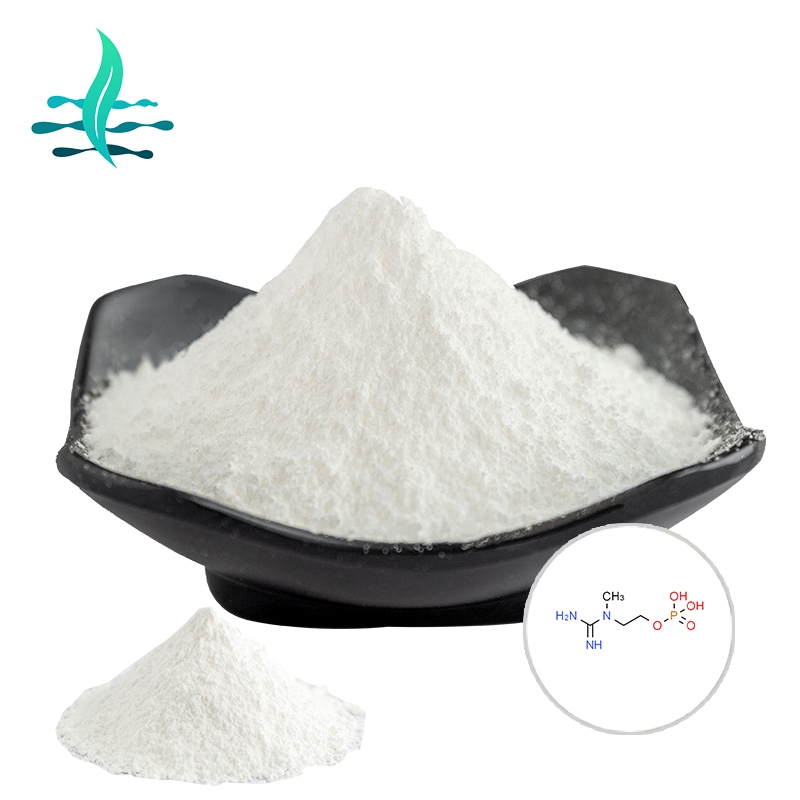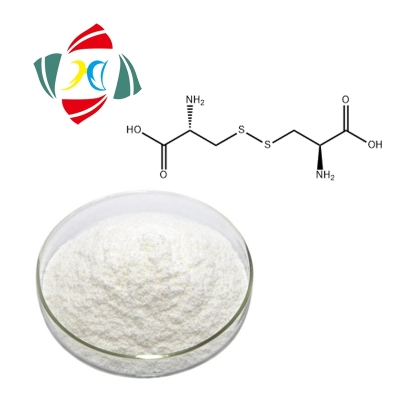-
Categories
-
Pharmaceutical Intermediates
-
Active Pharmaceutical Ingredients
-
Food Additives
- Industrial Coatings
- Agrochemicals
- Dyes and Pigments
- Surfactant
- Flavors and Fragrances
- Chemical Reagents
- Catalyst and Auxiliary
- Natural Products
- Inorganic Chemistry
-
Organic Chemistry
-
Biochemical Engineering
- Analytical Chemistry
- Cosmetic Ingredient
-
Pharmaceutical Intermediates
Promotion
ECHEMI Mall
Wholesale
Weekly Price
Exhibition
News
-
Trade Service
An important hallmark of life is the presence of
organic molecules produced in biological processes.
The most common organic molecules found in all life forms are hydrocarbons
.
However, they do not have to be of biological origin, i.
e.
produced
by the thermal decomposition of deposited organic matter or microorganisms.
So while hydrocarbons have been found in several places other than Earth, they don't necessarily mean there is extraterrestrial life
.
It is likely that these hydrocarbons were formed
by abiotic or abiotic processes.
Therefore, determining whether hydrocarbons are biologically or non-biotic is key
to inferring the existence of life.
Unfortunately, this has proven to be an extremely challenging task
so far.
Fortunately, a research team led by Professor Yuichiro Ueno of Tokyo Tech is now working on the problem
.
The research team reports a novel and powerful method to distinguish the source of hydrocarbons by observing the relative abundance of carbon isotopes13C-13C, in organic molecules.
Talking about their research, published in Nature Communications, Professor Ueno commented: "While methods such as compound-specific isotope analysis can be used to distinguish the origin of hydrocarbons, they require a whole set of molecules that are not always available for sampling
.
In contrast, our method allows us to use the information contained in the molecule to find the source of
its origin.
”
To use this information, the team studied the relative abundance of different isotopes of carbon in ethane
.
They compared the abundance of ethane molecules with both 12C atoms, with a 12Catom and a 13Catom, both with 13Catoms
.
Based on this, the team calculated C
in the ethane molecule in the 13C-13sample.
They compared C in these abundant 13C-13natural gas ethane with lab-synthesized ethane.
They found that the C abundance in natural gas ethane produced by thermal decomposition of organic matter 13C-13 is relatively higher than expected based on natural abundance13C.
According to theteam, this is due to natural gas
produced by carbon bonds in organic molecules.
This is in stark contrast to abiogenic ethane, which is significantly lower in 13C-13Cabundance
.
In addition, they observed that the microbes produced ethane even more abundantly thanthermogenic ethane.
"This new method could help us determine the origin of organic molecules, both on Earth and in extraterrestrial environments
.
" It makes it easy to distinguish between thermogenesis, abiotic and hydrocarbons produced by microorganisms," emphasizes Professor Ueno
.
"While more interlaboratory work is needed to further calibrate the method, we believe it may help detect signatures
of life elsewhere in the universe.
"
We're looking forward to finding out!







